Released 1980/81: The Commodore VIC-20, known as the VC-20 in Germany and the VIC-1001 in Japan, is an 8-bit home computer that was sold by Commodore Business Machines. The VIC-20 was announced in 1980. The VIC-20 was the first computer to sell one million units.
The VIC-20 was called VC-20 in Germany because the pronunciation of VIC with a German accent sounds like the German expletives “fick” or “wichsen”. The term VC was marketed as though it was an abbreviation of VolksComputer “people’s computer”.
Facts
- Type: Home computer
- Release date: 1980 (VIC-1001/Japan) / 1981 (world)
- Introductory price: US$299.95 (~$744.39 in 2016)
- Discontinued: January 1985
- OS: Commodore KERNAL/BASIC 2.0
- CPU: MOS 6502 @ ~1 MHz
- Memory: 5 KB RAM (exp. to 21 KB, unofficial 64 KB)
- Video: 176 x 184, 8 colors
- ROM: 20 KB
- Sound: 3 × square, 1 × noise, mono
- Predecessor: Commodore PET/CBM-series
- Successor: Commodore 64, Commodore 16, Commodore 116, Commodore MAX
- Storage: Tape, floppy drive, cartridge
- Units sold: ~2.5 million
Background story and development
The price of computer hardware was dropping and Jack Tramiel of Commodore saw an emerging market for low-price computers that could be sold at retail stores to relative novices rather than only to professionals or people with electronics or programming background (computer hobbyists). Radio Shack had been achieving considerable success with the TRS-80 Model I, a relatively low-cost machine that was widely sold to novices and in 1980 released the Color Computer, which was aimed at the home and educational markets.
Jack wanted a new computer that would compete in this market and he wanted the computer to be presented at the January 1980 CES. Chuck Peddle and Bill Seiler started to design a computer named TOI (The Other Intellect). Meanwhile, engineer Robert Yannes at MOS Technology (part of Commodore) had designed a computer in his home dubbed the MicroPET and finished a prototype with some help from Al Charpentier and Charles Winterble. With the TOI unfinished, when Jack Tramiel was shown the MicroPET prototype, he immediately said he wanted it to be finished and ordered it to be mass-produced following a limited demonstration at the CES.
The prototype produced by Yannes had very few of the features required for a production computer, so Robert Russell at Commodore had to coordinate and finish large parts of the design under the codename Vixen. The parts contributed by Russell included a conversion of the operating system (KERNEL and BASIC) and a character set PETSCII taken from the Commodore PET-series. Also included an Atari joystick-compatible interface, and a ROM cartridge port. The serial IEEE-488-derivative CBM-488 interface was designed by Glen Stark. It served several purposes, including costing substantially less than the IEEE-488 interface in the PET. Some features, like the memory add-in board, were designed by Bill Seiler.

The VIC-20 development team consisted of five people led by Michael Tomczyk the product manager, who recruited the group and dubbed them the VIC Commandos. Commodore founder Jack Tramiel initially gave Tomczyk the title VIC Czar and later appointed him product manager. Tomczyk insisted on several features including full-size typewriter keys, programmable function keys and a built-in RS-232 interface. Michael later contracted and co-designed a $100 modem, the VIC-Modem, which became the first modem to sell 1 million units. According to one of the development team, Neil Harris:
“[W]e couldn’t get any cooperation from the rest of the company who thought we were jokers because we were working late, about an hour after everyone else had left the building. We’d swipe whatever equipment we needed to get our jobs done. There was no other way to get the work done! … they’d discover it was missing and they would just order more stuff from the warehouse, so everybody had what they needed to do their work.”
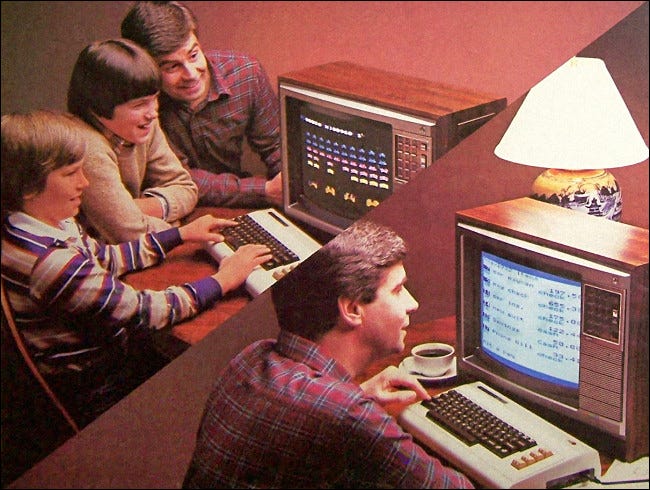
While newer PET/CBM-series computers had the upgraded BASIC 4.0, which had disk commands and improved garbage collection, the VIC-20 reverted to the 8 KB BASIC 2.0 used on earlier PETs as part of another of the design team’s goals, which was limiting the system ROMs to only 20 KB. Since Commodore’s BASIC had been designed for the PETs, there were no dedicated sound or graphics features, VIC-20 programmers had to use POKE and PEEK statements for this. This was in contrast to the computer’s main competitors, the Atari 400 and TRS-80 Color Computer, both of which had full-featured BASIC with support for the machines’ sound and graphics hardware. Supplying a more limited BASIC in the VIC-20 would keep the price low and the user could purchase a BASIC extender separately if he desired sound or graphics commands.
While the TRS-80 Color Computer and Atari 400 had only RF video output, the VIC-20 instead had composite output, which provided a sharper, cleaner picture if a dedicated monitor was used. An external RF modulator was necessary to use the computer with a TV set, and had not been included internally so as to comply with FCC regulations (Commodore lobbied for and succeeded in getting them relaxed slightly by 1982, so the C64 had an RF modulator built in).
While the PET/CBM-computers was sold through authorized dealers, the VIC-20 primarily sold at retail, especially discount and toy stores, where it could compete more directly with game consoles. It was the first computer to be sold in K-Mart. Commodore took out advertisements featuring actor William Shatner (of Star Trek fame) as its spokesman, asking: “Why buy just a video game?” and describing it as “The Wonder Computer of the 1980s”. Television personality Henry Morgan (best known as a panelist on the TV game show I’ve Got a Secret) became the commentator in a series of Commodore product ads.
About the VIC-20 name, Bob Yannes claimed that “20” meant nothing in particular and “We simply picked ’20’ because it seemed like a friendly number and the computer’s marketing slogan was ‘The Friendly Computer’. I felt it balanced things out a bit since ‘Vic’ sounded like the name of a truck driver.”
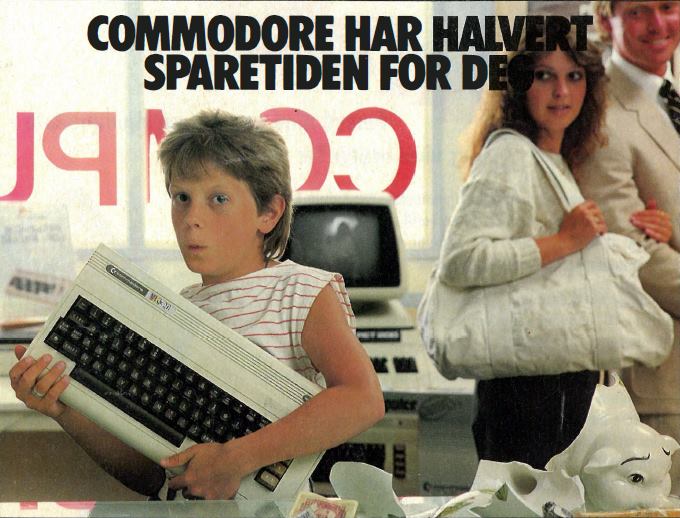
Reception
Describing it as “an astounding machine for the price”, Compute! in 1981 expected the VIC-20 would be popular in classrooms and homes with small children, with “excellent graphic and sound capabilities”. Compute! concluded “VIC will create its own market, and it will be a big one”.
While also noting the small screen size and RAM, BYTE-magazine stated that the VIC 20 was:
“unexcelled as low-cost, consumer-oriented computer. Even with some of its limitations… it makes an impressive showing against…the Apple II, the Radio Shack TRS-80, and the Atari 800”.
The magazine praised the graphics, documentation, and ease of software development and the price:
“Looking at a picture… might cause you to think $600 would be a fair price… But it does not cost $600, the VIC 20 retails for $299.95”), keyboard (“the equal of any personal-computer keyboard in both appearance and performance. This is a remarkable achievement, almost unbelievable considering the price of the entire unit”
My VIC-20 and repair
I have two of them, one is the early type VIC-20 that uses an 9 VAC external power supply. The other one is the later model, sometimes referred to as VIC-20 CR (CR=Cost Reduced). The later type uses the same power supply as the Commodore 64 (5 VDC and 9 VAC).
A friend gave me an VIC-20 CR for free. When powered on, it seemed dead with no display and not even the power light. I found that the power switch itself was faulty. Once replaced by a new one, all seemed to worked 100% … suddenly, after four minutes the screen turned black and it didn’t helped to turn on/off. After waiting for a while, it would work for a few minutes again. I also replaced the capacitors, but it didn’t help. After searching on Google for an answer, I decided to replace the “OCS master clock chip” 7402, I also soldered in an socket for the replacement chip. Successful, this VIC-20 now is in working order.
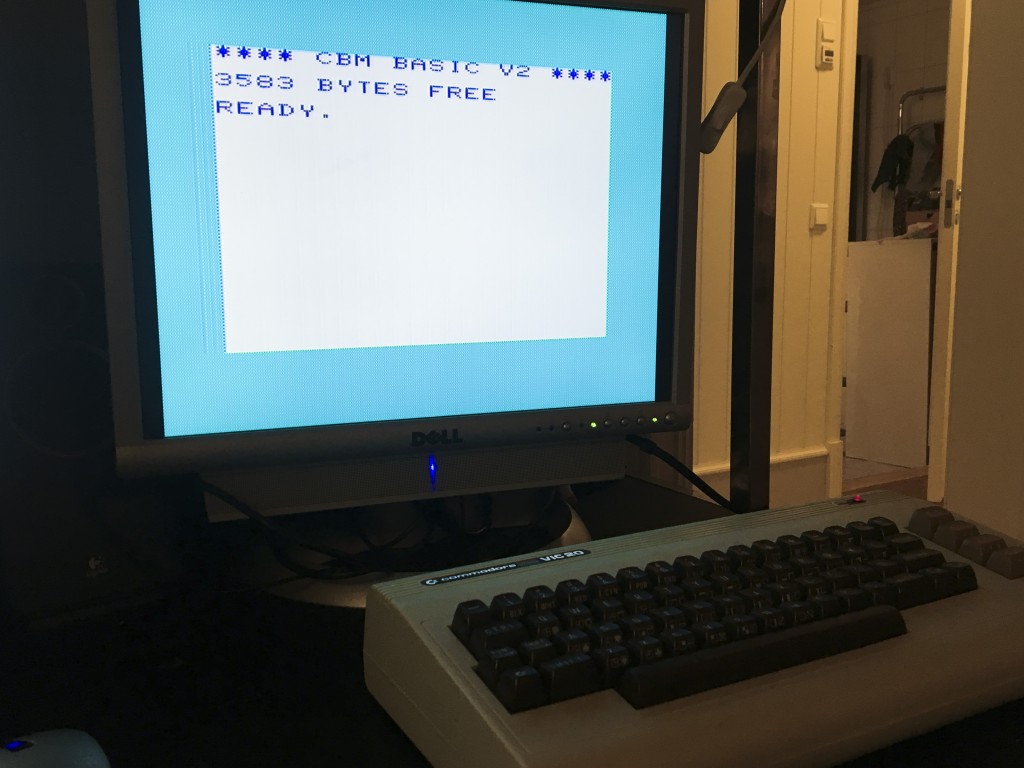
THE VIC 20 – a modern “remake”
This is a full sized “remake” of Commodore VIC-20, and was in retail from October 2020. It uses a modern microcontroller to emulate a VIC-20 or a Commodore 64. I’ve got one for Christmas 2020, and it works really good. I use an HDMI to SCART converter in order to use it on an old fasion CRT-TV.
“Full sized THE VIC 20 with working keyboard three switchable modes – VIC 20, C64 and games carousel; 60HZ (NTSC) & 50HZ (PAL) display modes; pixel filter options (sharp, CRT, scanline emulation); save & resume game functions; 4 USB ports; supports user supplied games via USB Flash drive; firmware upgradeable via USB Flash drive (not included); 64 built-in games. New micro switch joystick.”
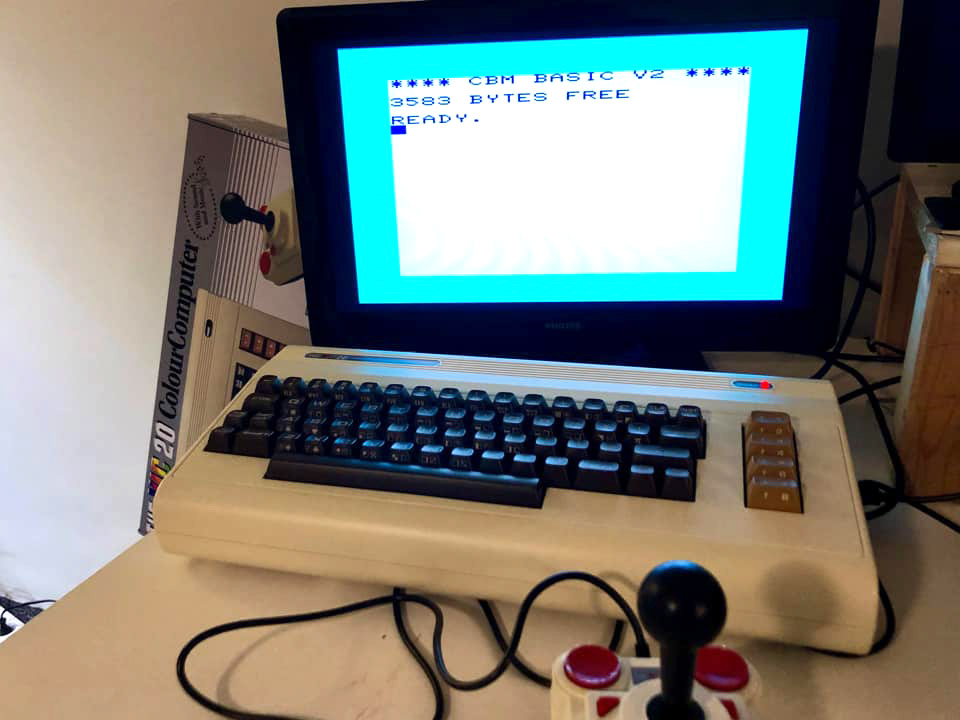
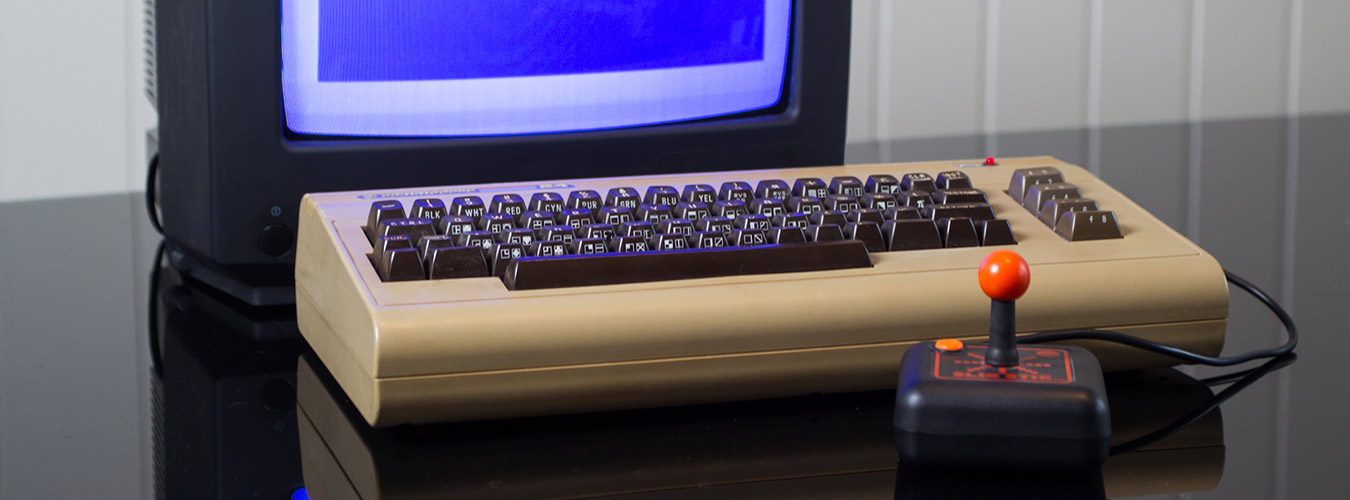
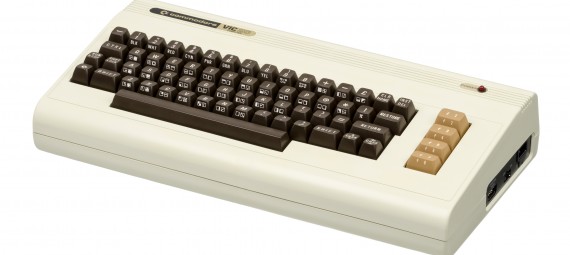
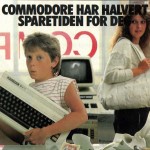
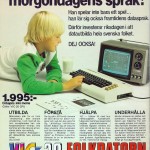
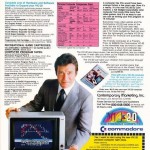
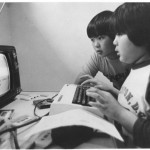
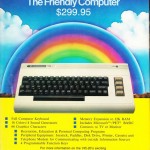
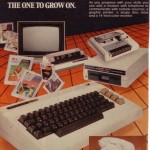
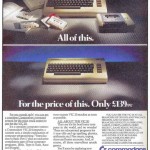
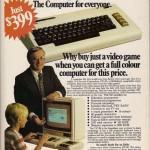
Where did you source the replacement power switch? I need to replace one in a board I’ve just bought. The seller wasn’t entirely truthful about its condition!
I don’t remember, I think it was from a retro-part web- shop in Sweden. First, I didn’t find original looking once with the plastic cap on top of the metal switch, so I bought “metal”switches with the same size and function. Then I got the original looking once with the black plastic switch cap. VIC 20, C64 and C128 power switches are the same, only the C128 once are stronger inside for more current I think. The new ones are good also for C128. Here you can by refurnished switch from C64: https://retroleum.co.uk/
I bought parts from that shop before, recommended.
Thank you for a well designed web-site that gives me a good flash-back on some of the early computers I used, including the VIC 20 that was the first I bought for myself, (Early version with a 4-digit serial number), and the Apple IIe. I still have the VIC, but it didn’t work last time I tried it some years ago. I was also a member of the Oslo based computer club “Dataamatørforeningen” from around 1984 till I moved abroad in 2001.
Thank you very much, glad to hear. Never heard about that group before, will Google it. Apple IIe was not very common here in Norway back then I think. A remake “VIC 20” in full size is now in sale in the electronic stores here in Norway, its just like the C64 remake with USB and HDMI port, just the VIC20 look instead with more VIC20 games included. Check it out: https://www.elkjop.no/product/gaming/spillkonsoll/retrogaming-andre-konsoller/226469/commodore-vic-20-spillkonsoll
Hei Remi,
You probably won’t find much about the Daamatørforeningen anymore – it disbanded around 2002 due to a lack of financial management. Hans Arne Nakrem had the association’s old website on the Oslo university’s server for a long time, but no longer. What you find around on the web are remnants of old things. Some of the old guys are no longer among us. The club’s heyday was before the Internet became available to everyone, and a lot of communication at that time took place on BBS (Bulletin Board Systems) which was reached by modem via telephone line. Those disappeared quickly when Internet went public. Interesting that you can still buy a VIC 20 – I didn’t know – I don’t know any other computer that sells almost 40 years after first release.
I see. The VIC20 in store today is modern hardware with software emulator of some sort. It started with the Mini 64 that got a small size and a fake keyboard, an abour a year ago you get the full size C64 with working keyboard, and the VIC20 now is exactly the same hardware inside with emulator, HDMI for display and USB port.
We recently had a re-union in Dataamatørforeningen after over 20 years, which insipred me to put up som old stuff on the web about Dataamatørforeningen at http://www.abamas.com/daf/daf01.html
Great stuff, some history there. Btw. I’ve got an Apple IIe myself and enjoy using it occasionally.
My birthday today. Got the new VIC20 in present 🙂